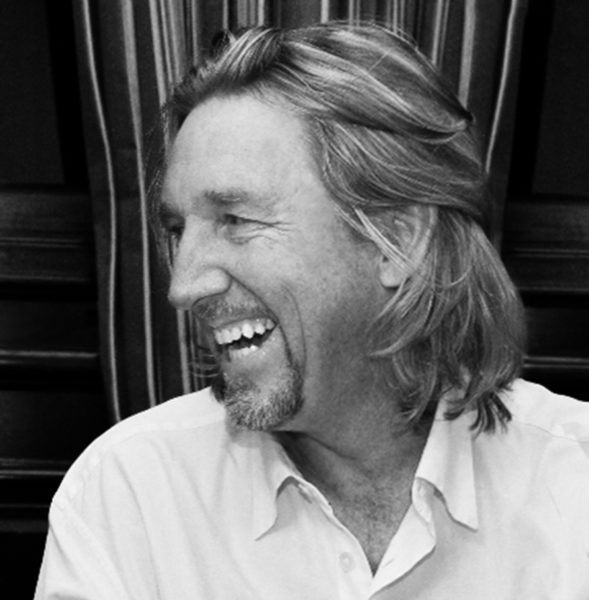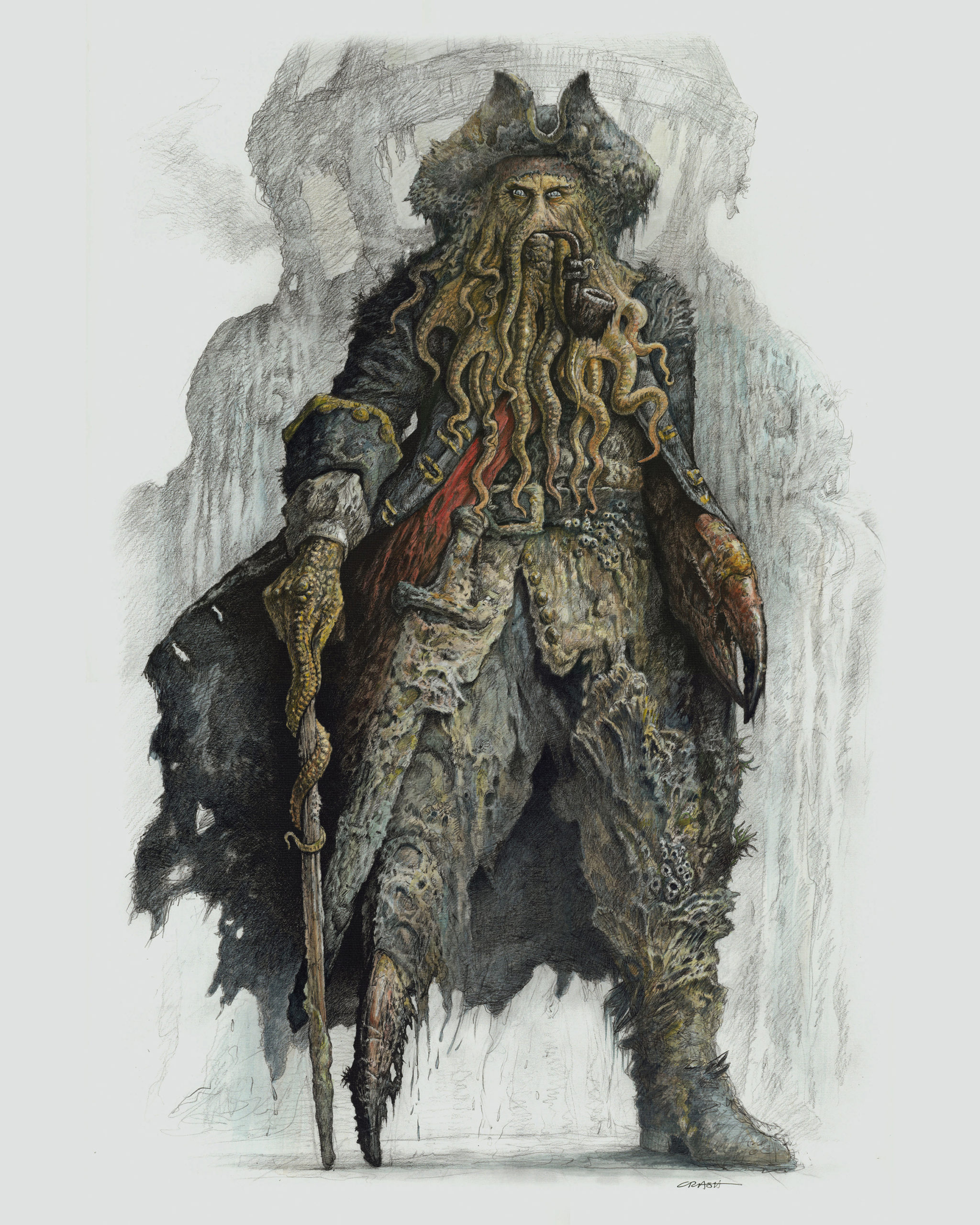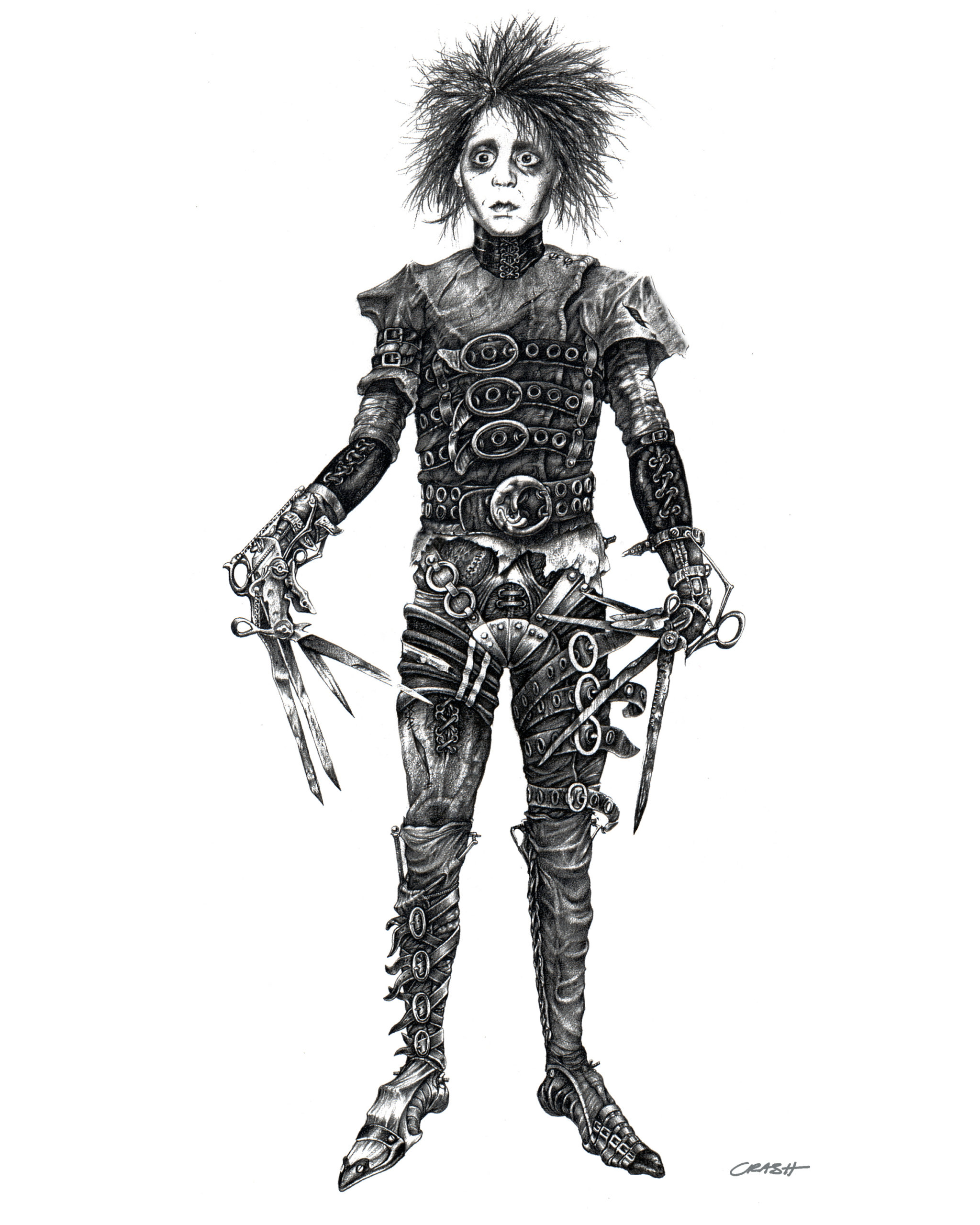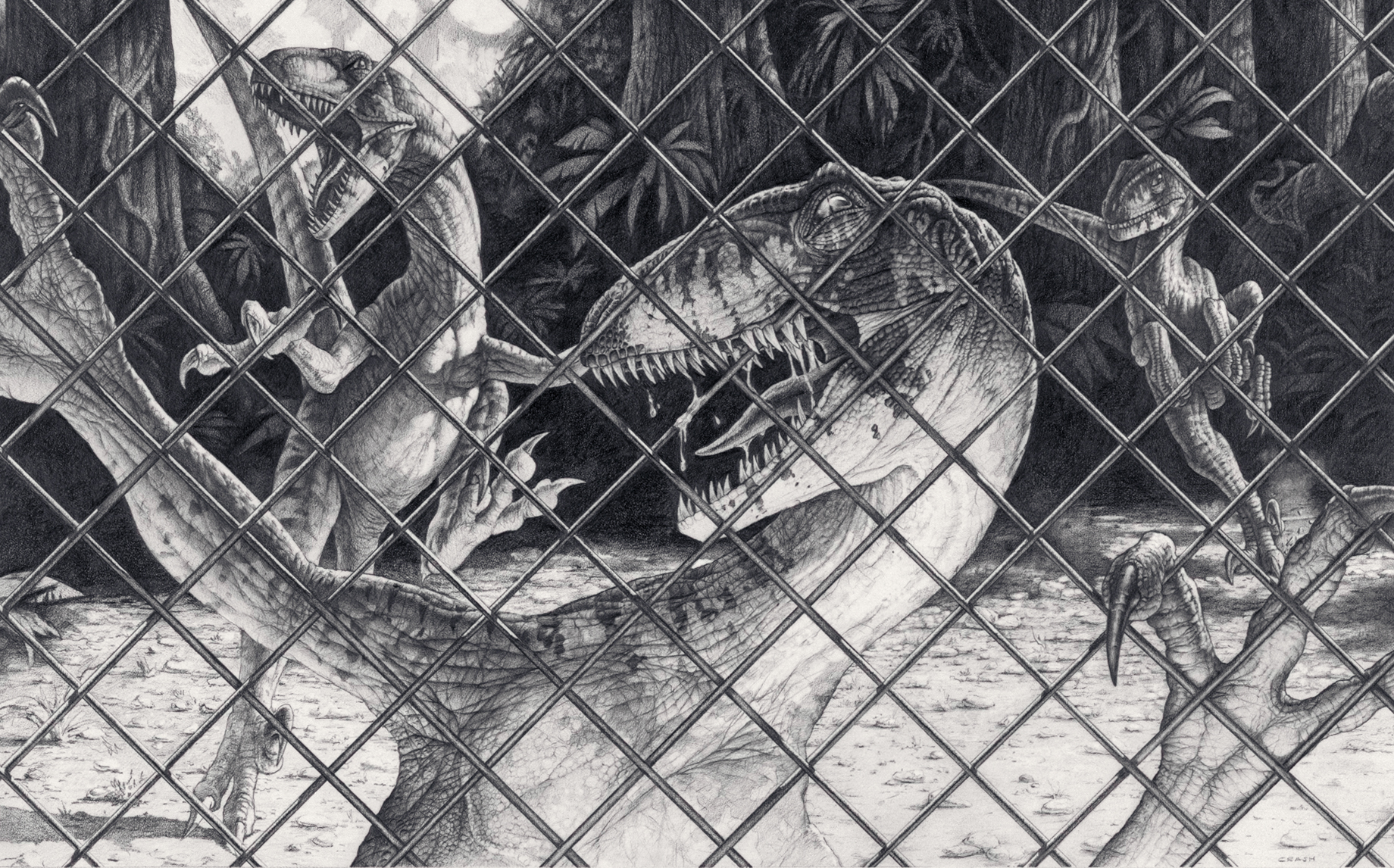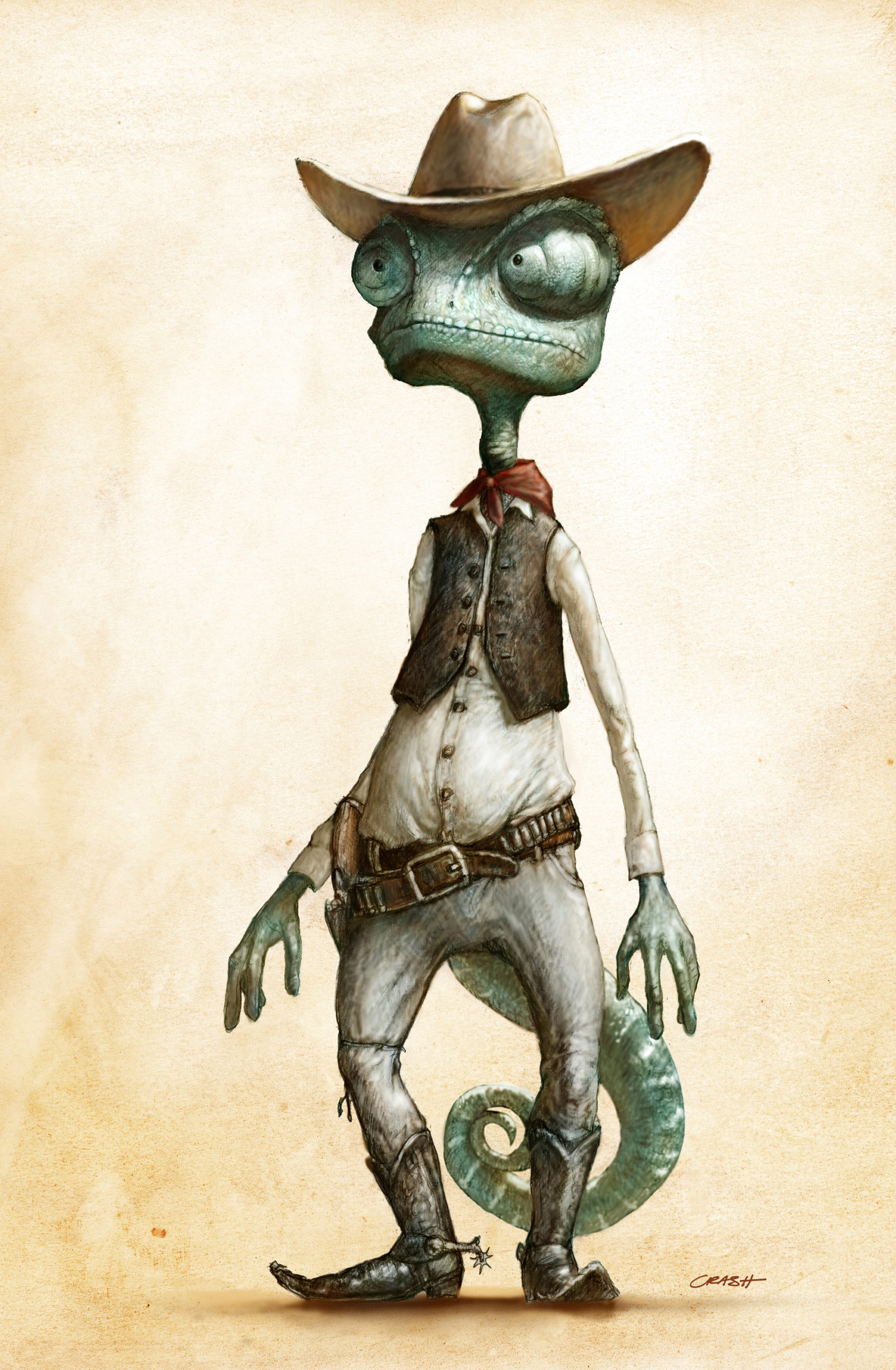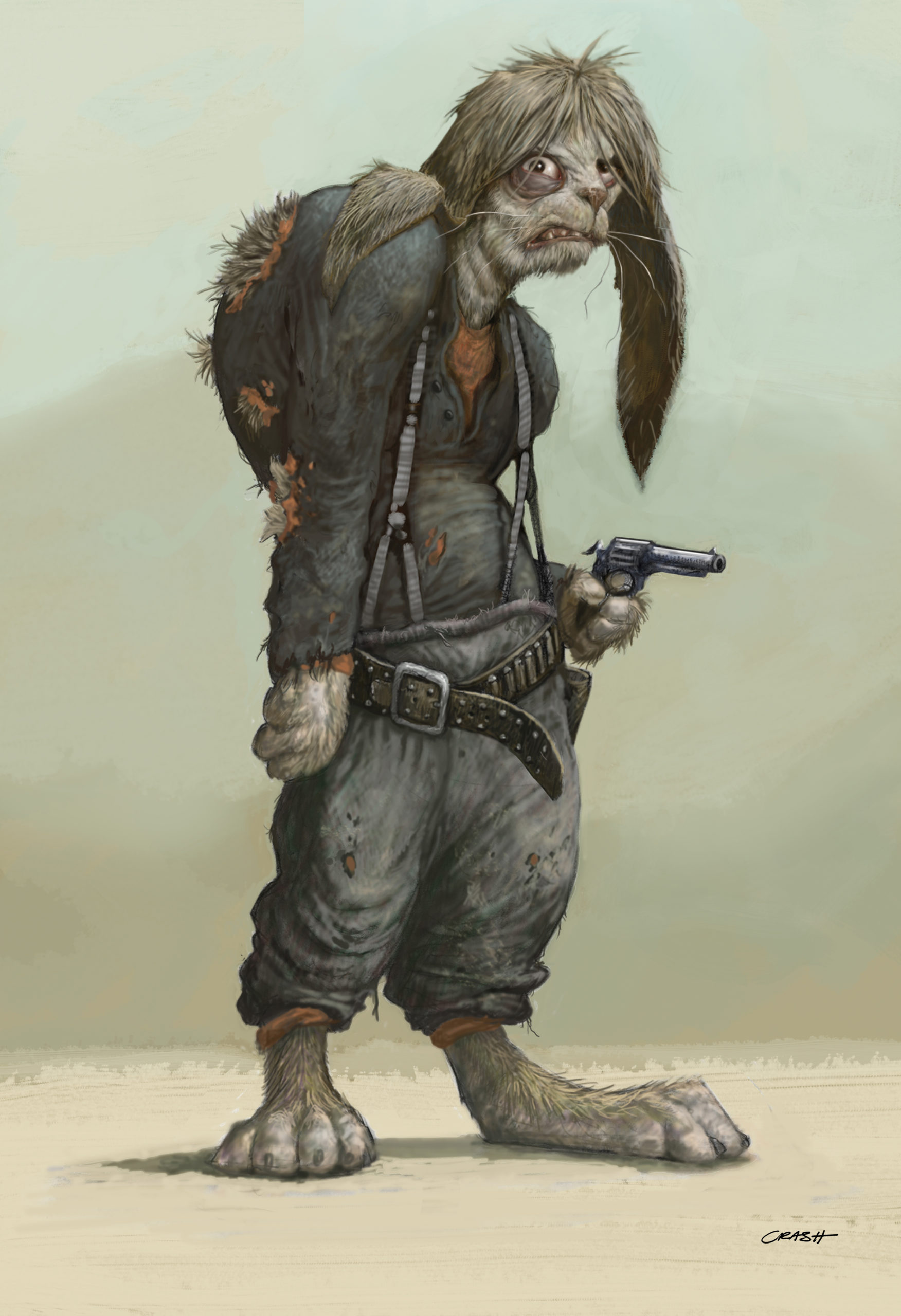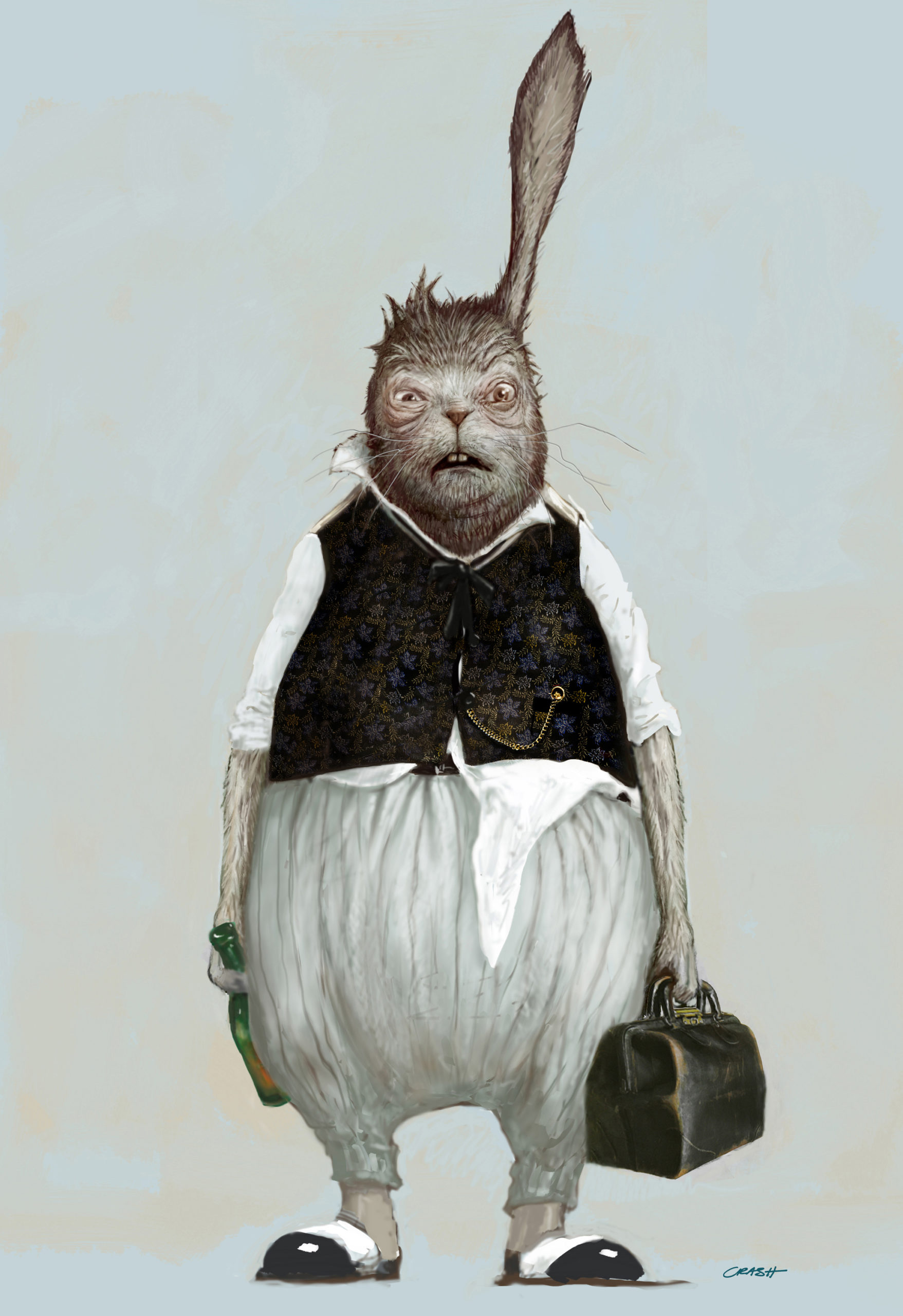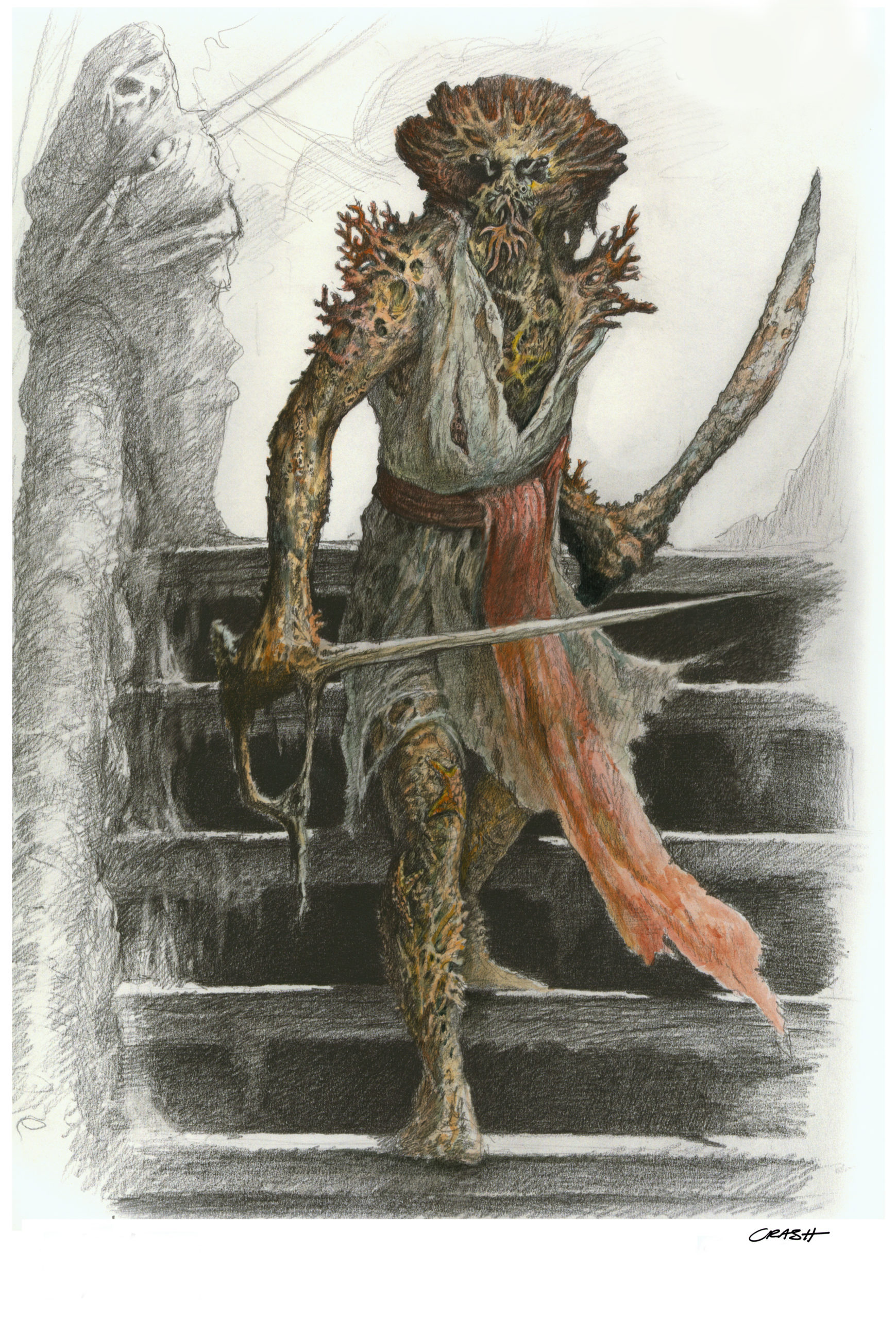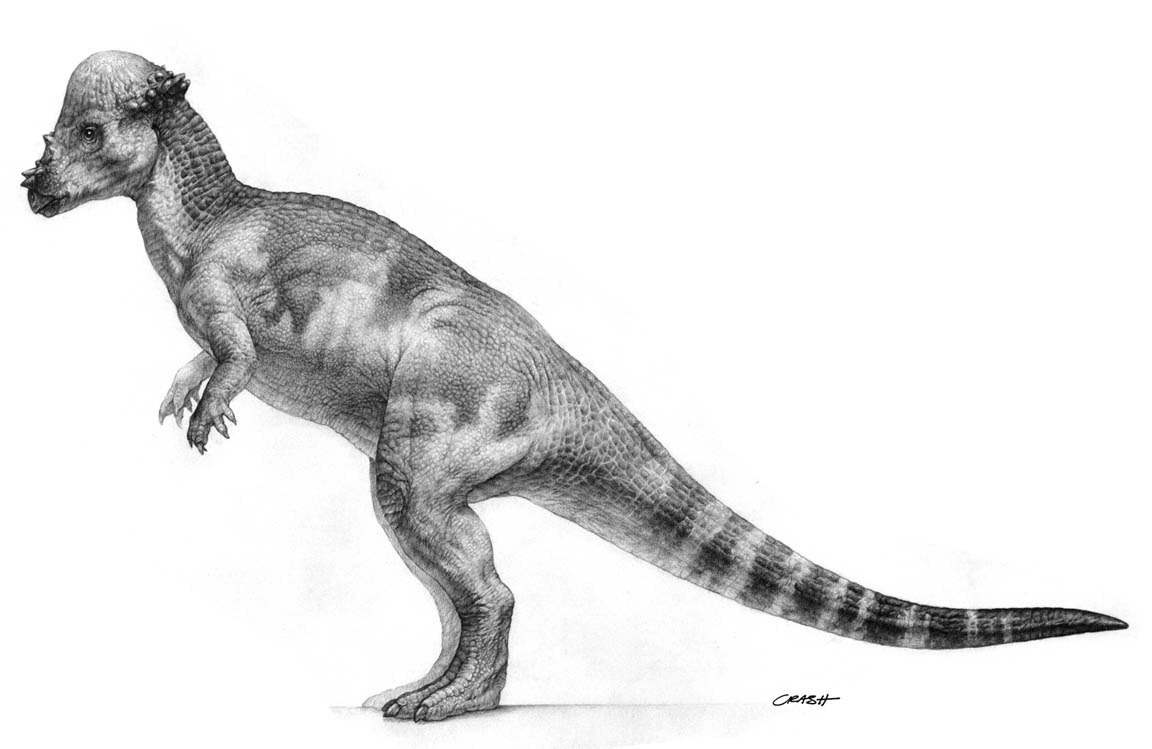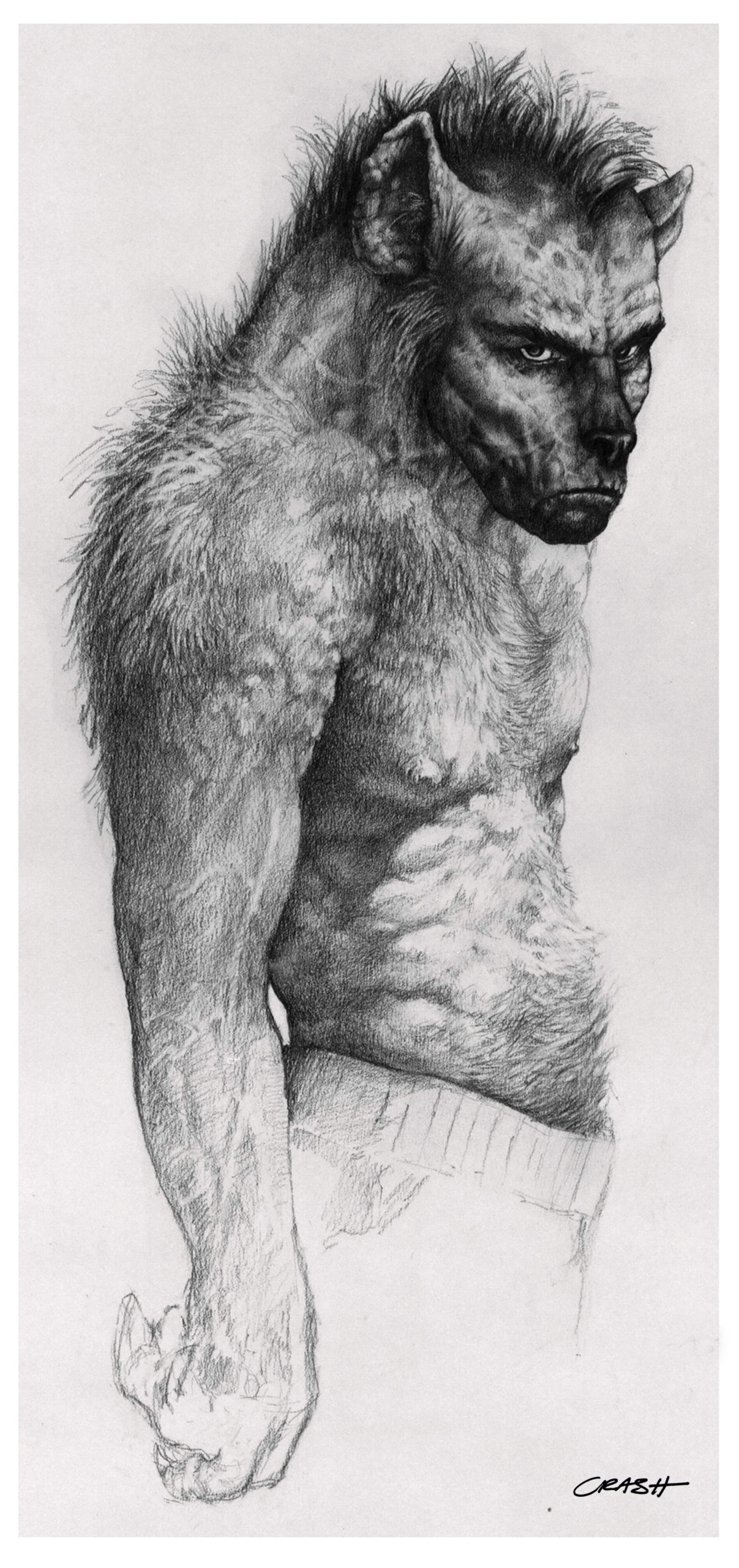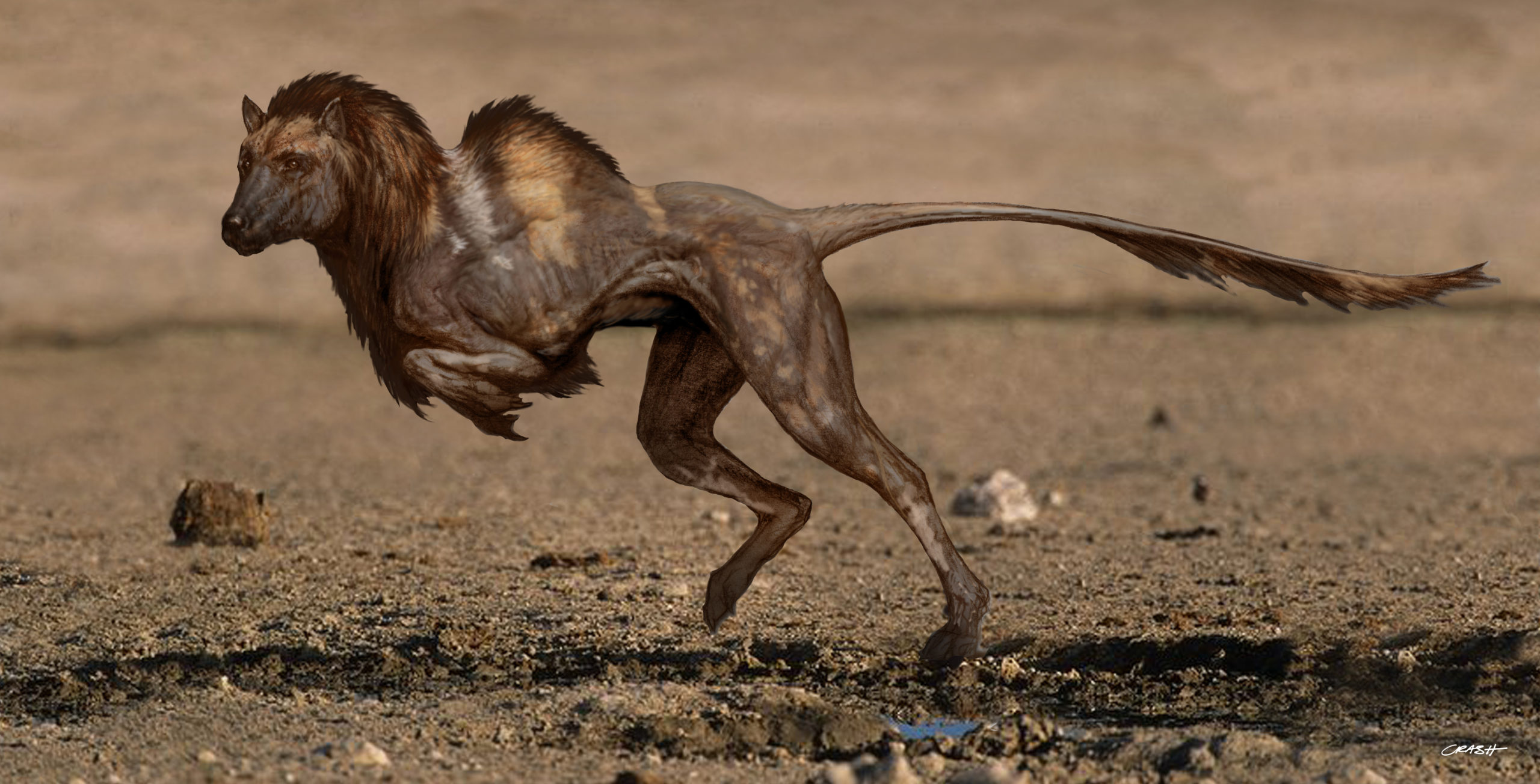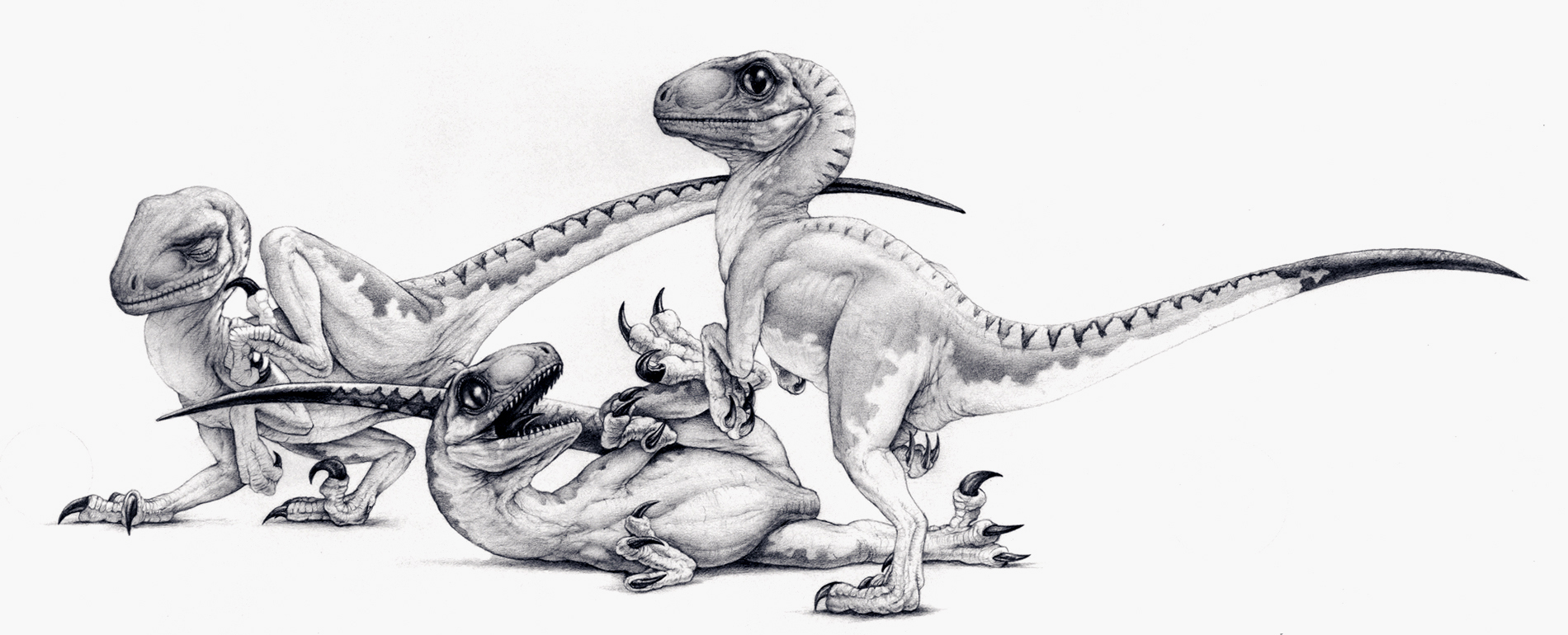Crash
McCreery
Born for an Air-Force family members in Colorado Springs, Colorado, Crash spent his early child years within the vagabond design of army life. The majority of his early teaching began from watching character, where he obtained a deep gratitude for the organic order of items. He appeared to develop a knowledge of light and color and how items related to each other. Together with his observations of present character, he was also intrigued with visions of what was previously, namely prehistoric animals. He delved in to the research of Paleontology and quickly found the relationship between factual technology as well as the powers from the imagination to become the perfect screening floor for creating that which was once just an environment of dream. Crash produced the proclamation that, when he was raised, he would ‘perform dinosaurs.’
Crash received a scholarship or grant to the Artwork Center University of Style, in Pasadena, graduating having a BFA in illustration in 1988. That same year he met Stan Winston – consequently establishing a working relationship that would last for 12 years. Crash’s first design challenge was Predator II, directed by Stephen Hopkins. He soon found himself immersed in the work that he could before only admire as a fan. Soon after, he collaborated with Tim Burton for “Edward Scissorhands.” Burton was indeed a hero of Crash’s, and as such, Crash reveled in the collaboration. Incorporating the facial features of actor Johnny Depp, Crash translated Burton’s concepts into three different illustrations, one of which was selected as the final look for the character. Immediately following was James Cameron’s epic science fiction sequel “Terminator 2.” With Cameron’s background in art direction, Crash was challenged to satisfy the eye of a brilliant artist as well as director. Working once again with Tim Burton, Crash was asked to design the Penguin makeup Danny DeVito would wear in “Batman Returns.” The result was an unforgettable character that redefined the villainous role portrayed in the comic books and distanced itself, through originality, from the television series of the ’60’s and ’70’s. This design also attained a makeup Academy nomination for best make-up in a film. The following year, “Jurassic Park” finally gave Crash the opportunity to work with whom he considers to be one of the greatest minds in filmmaking, Steven Spielberg, while also fulfilling his childhood prophecy – he was about to ‘do dinosaurs’ – and do them in an entirely unprecedented fashion. A whole new vision of dinosaurs, a whole new take on a kind of movie that had been done a million times before – essentially, breaking the mold.
After a decade of designing some of the greatest iconic film characters in movie making history, Crash’s notoriety began to escalate, driving him into a category he could only dream of as a young boy, being referred to as one of the top five in his profession. Crash went on to create a multitude of characters for the major studios biggest releases, working non-stop for a two year period with films such as Disney’s “Inspector Gadget,” Dreamworks’ “Galaxy Quest,” Universal’s “End of Days,” where he was reunited with director Peter Hyams, and Dreamworks “What Lies Beneath” the Hitchcockian murder mystery directed by Robert Zemeckis. After having mastered the ability to create artwork that captured the essence of storytelling, it was natural that Crash would develop a desire to tell stories in a literal sense, and thus began studying the art of writing in 1998 while continuing to build his repertoire of character designs.

